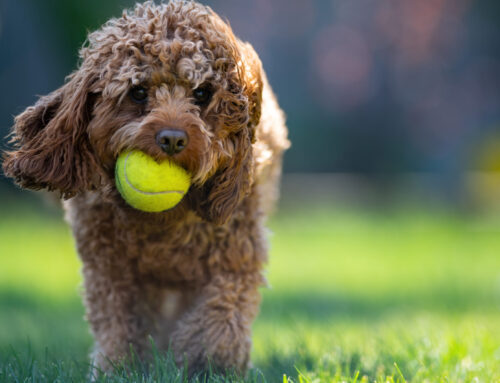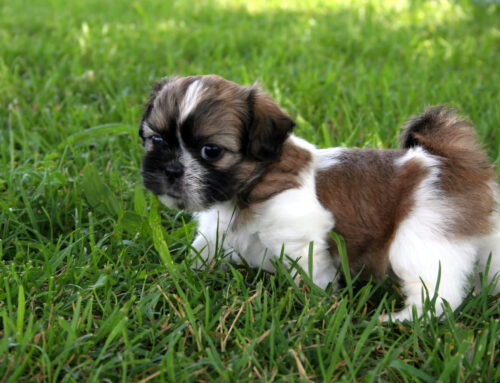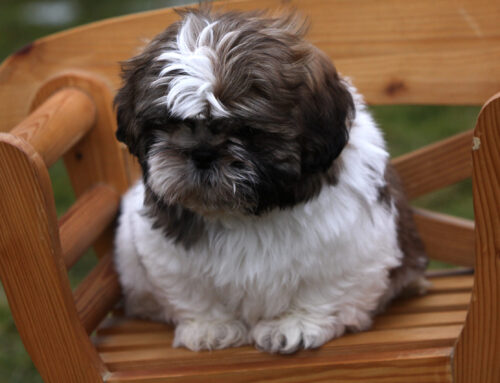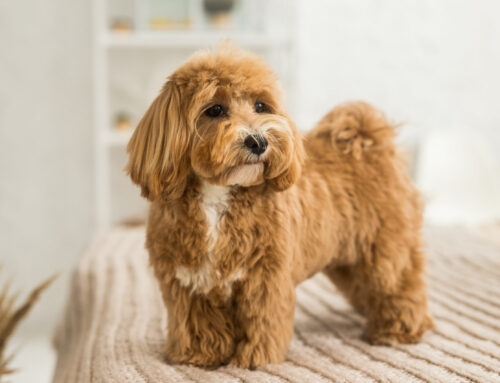The Cavapoo, a delightful blend of the Cavalier King Charles Spaniel and the Poodle, has surged in popularity over recent years. Their charming appearance and endearing temperament make them a favorite among dog enthusiasts. If you’re considering welcoming a Cavapoo into your home, or perhaps you’re a new owner, understanding the breed can only deepen the bond between you and your furry friend. Let’s look into some Cavapoo facts that will provide essential knowledge and insights into this captivating canine.
Their Origin Tells a Story of Two Breeds
The Cavapoo is a designer breed, meaning they’re intentionally bred from two purebred parents. Originating from the Cavalier King Charles Spaniel and the Poodle, the Cavapoo inherits attributes from both. They often have the gentle and affectionate nature of the Cavalier, combined with the intelligence and hypoallergenic coat of the Poodle. This combination offers potential owners the best of both worlds, making the Cavapoo a desirable companion for families, singles, and seniors.
Cavapoo Grooming Needs are Moderate but Essential
Although Cavapoos often inherit the Poodle’s hypoallergenic coat, it doesn’t mean they are maintenance-free. Their curly or wavy fur requires regular brushing to prevent tangles and matting. Depending on the exact coat type your Cavapoo has, professional grooming may be needed every few months. Paying attention to their ears is also essential, as they can be prone to infections. Regular cleaning and checking will ensure your pup’s ears remain healthy. Dental care, like brushing their teeth or providing dental treats, can help maintain a clean mouth and fresh breath.
Training and Socialization Begin Early
Like any other breed, early training and socialization play a pivotal role in a Cavapoo’s development. Thanks to their Poodle ancestry, they are generally quick learners, making the training process smoother. Engaging in positive reinforcement methods, like treats and praise, works wonders. Socialization is equally crucial. Exposing your pet to different people, places, and animals at a young age helps them grow into well-rounded and confident adults. Remember, consistency is key. Making training a fun and daily activity will ensure success.
A Cavapoo Thrives on Human Interaction
Cavapoos are social butterflies. They love being around people and are often described as “velcro dogs” because they like to stick close to their human family members. This breed is only suited for a short period of isolation. If left alone for extended durations, they may develop separation anxiety. Therefore, ensuring your pet gets plenty of human interaction and is supervised for a short time is essential. Activities like playing fetch, walking, or simply cuddling on the couch are excellent ways to bond and ensure your Cavapoo feels loved and secure.
Health Considerations are Important
Every breed has specific health concerns, and Cavapoo dogs are no exception. Being a crossbreed, they can be susceptible to health issues from the Cavalier King Charles Spaniel and the Poodle. Regular check-ups with a vet, a balanced diet, and plenty of exercise can help mitigate some of these risks. It’s also good to be aware of common health problems like heart conditions, hip dysplasia, and eye disorders. Early detection and treatment can make a significant difference in the overall well-being of your Cavapoo.
Adaptable to Various Living Conditions
The dog’s adaptable nature makes it suitable for various living conditions. Whether residing in an apartment or a sprawling suburban home, they fit right in as long as they receive enough attention and exercise. Their moderate energy levels mean they’re content with indoor play and short walks, though they won’t decline a fun day in the park. Be mindful of their comfort if you live in a place with extreme temperatures. Their coat can offer some protection against the cold, but in warmer climates, ensure they have shade and plenty of water.
With its appealing blend of intelligence, affection, and hypoallergenic qualities, Cavapoos are a perfect fit for various owners, from families to seniors. Understanding and catering to their grooming needs, ensuring early and consistent training, and providing ample human interaction are key to nurturing a healthy and happy dog.




